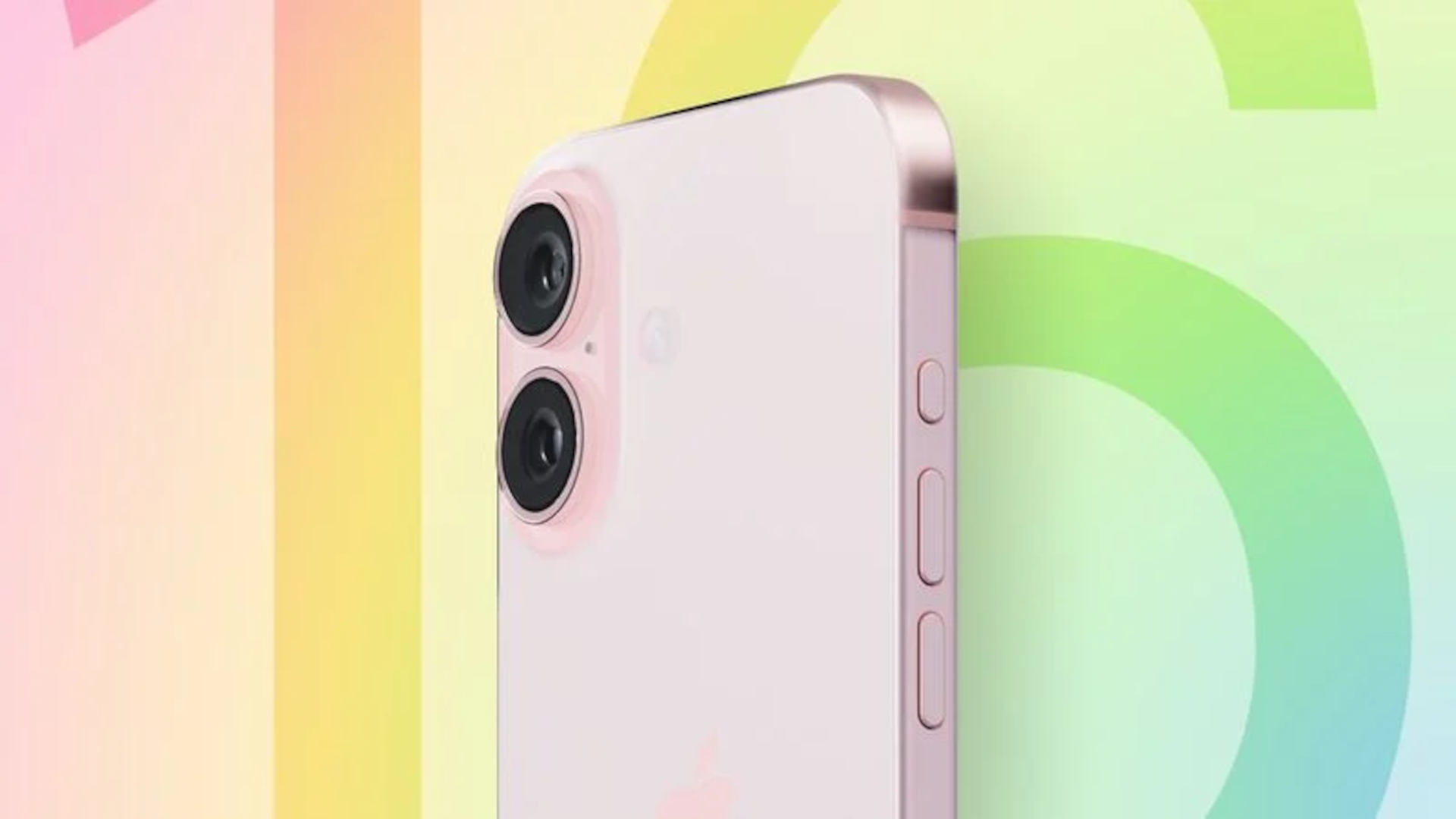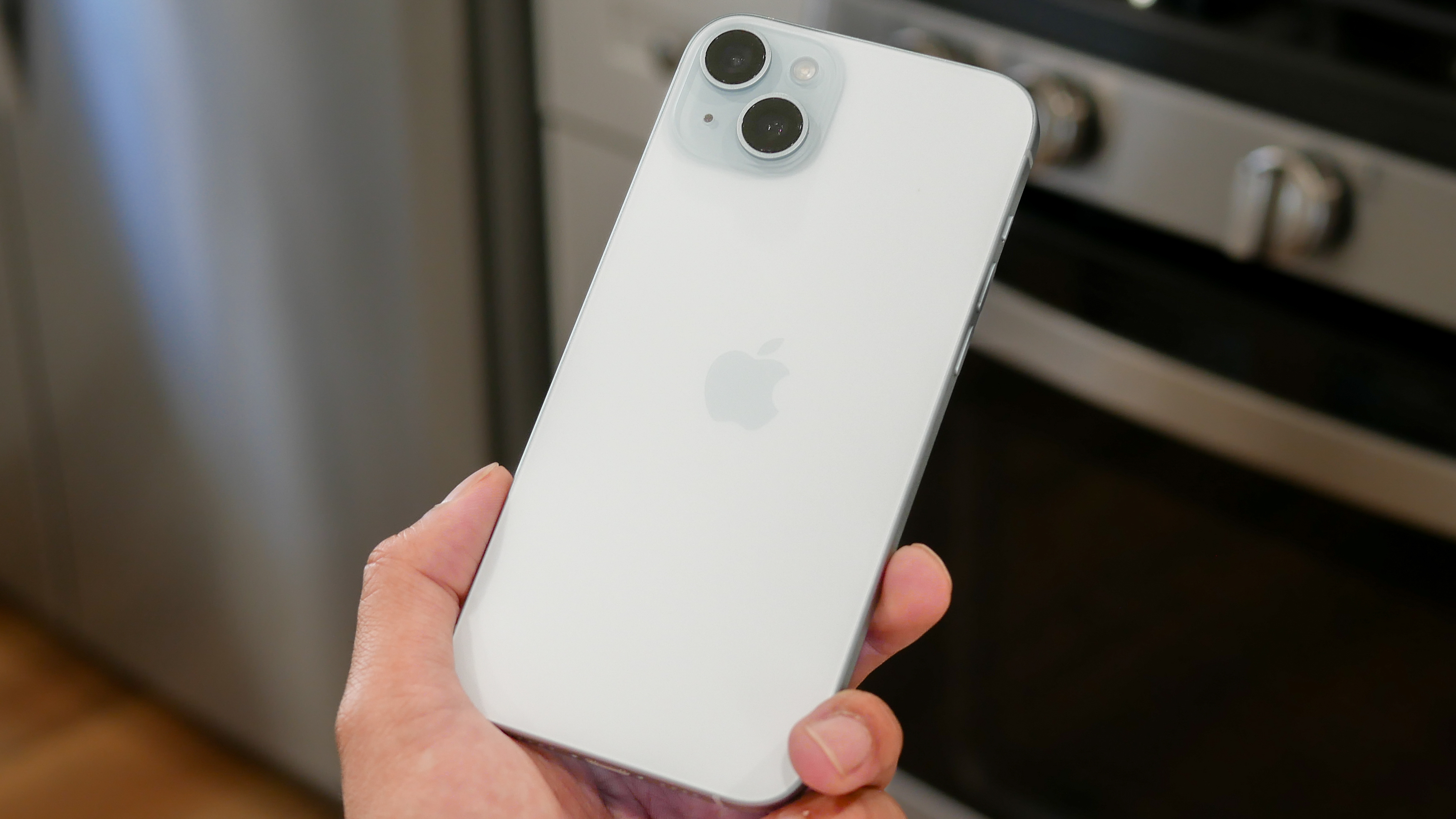
You wouldn't think that any iPhone 16 model would be worse on paper than an equivalent iPhone 15, or an earlier model come to mention it. But the leak-o-sphere is suggesting that may happen to the iPhone 16 Plus, and that's cause for concern.
That rumor, in case you missed it, that all iPhone 16 models except for the iPhone 16 Plus would be getting more battery capacity. On the contrary, the iPhone 16 Plus' battery would be decreasing, leaving it with less battery than both the iPhone 15 Plus and iPhone 14 Plus that preceded it.
My initial reaction was "that's not a lot of battery for such a big phone." iPhones tend to have smaller batteries than equivalently-sized Android phones already, but a 6.7-inch handset should easily fit in 5,000 mAh of battery capacity, rather than hanging around the 4,000 mAh mark. But thinking about it more has made me wonder if Apple might have killed the iPhone Plus for at least this generation, if not for longer.
Erasing the Plus' identity
The iPhone 15 Plus (and the iPhone 14 Plus before it) is distinguished by having the longest battery life of all the iPhone models, and being number 10 on our best phone battery life guide. This gave the Plus an identity among Apple's quartet of iPhone models each year as the high-endurance model, with the standard iPhone being the best value, the iPhone Pro Max being the most advanced and the iPhone Pro being the best blend of performance, size and price.
Taking battery capacity from the iPhone 16 Plus likely means a shorter battery life, or at best little to no improvement from the 15 Plus. In our iPhone 15 battery testing, the Plus beat the second-placed Pro Max by just 12 minutes, and the two 6.1-inch models by over three hours. So while the Plus probably will still beat the base iPhone 16 and iPhone 16 Pro, it may well lose out to the iPhone 16 Pro Max on this year's battery tests. And that takes the biggest reason to buy the iPhone 16 Plus away.

Assuming that the iPhone 16 and iPhone 16 Plus are identically specced other than for their battery and display sizes, it's only for those two factors that a user would spend $100 more to get the Plus. And while having more screen space might still appeal to some users, the smaller the battery life gap between the two phones gets, the less appealing the iPhone 16 Plus will look. Instead, they could save money by going for the vanilla model, or spend a touch more to get some Pro power, and possibly without losing much battery life in the trade-off.
And that's why I'm worried — we've already had Apple kill off one type of iPhone recently with the disappearance of the iPhone mini since the iPhone 13 mini, a phone that didn't appeal to many going by its low sales figures. Apple going the other direction and offering a cheaper large iPhone therefore seemed like the ideal solution to what the fourth iPhone should be. But if it's not careful, Apple may find itself going back down to three models a year, leaving users with a smaller choice.
There's still plenty of time left for more iPhone 16 rumors, whether it's more battery info that refutes what we've heard up to now, or claims about other changes that might mean the iPhone 16 Plus stands a chance at retaining its iPhone battery life crown. But the iPhone 16 Plus is going to stay on my mind until I see it appear next to an Apple executive at the expected September product event, and I can get the measure of whether this phone stands a chance, or is going to fail to take off.







